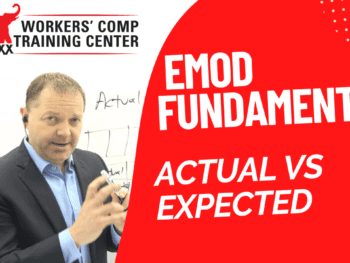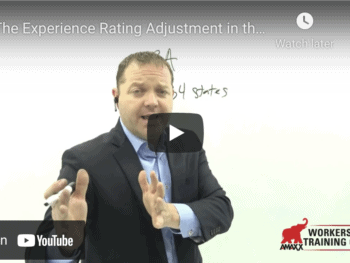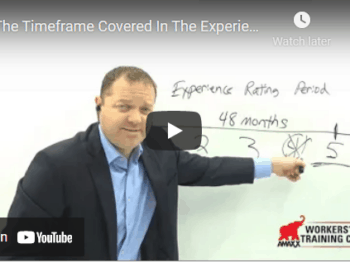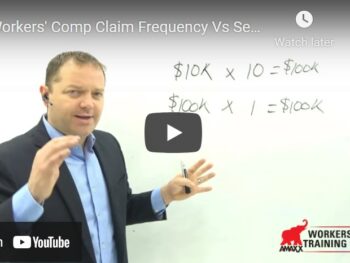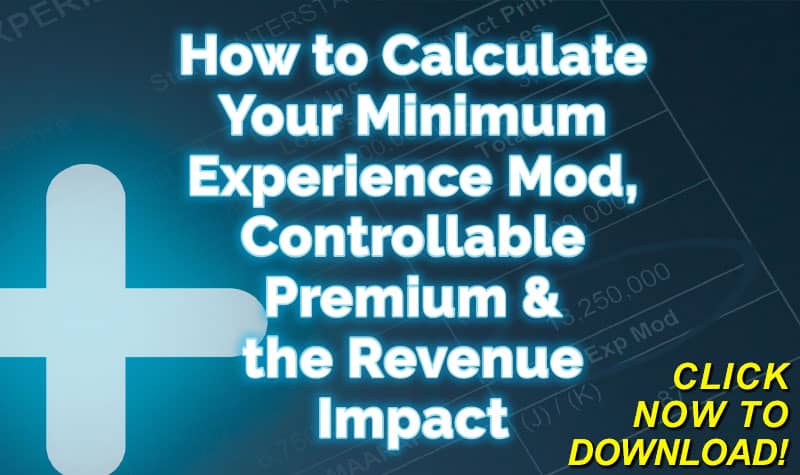Employers in New York are usually kept in a passive state as their workers’ comp claims await the first hearing. Beyond providing an initial injury report (C-2), they are neither asked or required to do much else. Earlier posts address how to complete the C-2 more fully.
Yet this is the very period (the three months or so following notification of an injury) when documents the employer has, or can locate, can make all the difference in result and claim costs. But it will only happen if the employer provides the documents, or at least lets the carrier know they exist.
Being pro-active on document collection is not too time consuming or expensive, unless a carrier engages an investigator to do it months or years later at great expense for a fraction of the impact the documents could have had if provided sooner.
The Five Sources of Information:
- The job application.
- The personnel file.
- A list of the employer’s prior comp carriers. (WCxKitz)
- A list of prior medical absences, whether work related or not.
- A list of claims and disputes with the employer.
The job application contains a list of prior employers and periods of employment. These will become vital if a fraudulent claim is suspected, since fraud is a recurrent behavioral pattern. Also, many injuries can be apportioned if the prior employer and carrier are known.
The personnel file may contain information about non-injury reasons for absences or disability. These can be medical conditions, personal problems, or family matters, all possibly useful for understanding the inconsistencies in many claims. (WCxKitz)
A list of the employer’s prior carriers may be necessary for apportionment. A recent claim which is partly a continuation of an earlier claim reduces the employers present liability, but the present carrier must identify which earlier carrier is responsible.
A list of prior medical absences is useful for documenting unrelated conditions which may still be in progress and under treatment.
A list of claims and disputes is often crucial for proving a claim may be an “afterthought” or retaliatory for other grievance.
The employer should not take the approach, “I thought the carrier was supposed to do all that.” They cannot be expected to act on information they do not know exists. The savings to the employer will be orders of magnitude greater if the employer makes the first efforts at providing a documentation package, as opposed to rumors or wishful thinking. (WCxKitz)
Author: Attorney Theodore Ronca is a practicing lawyer from Aquebogue, NY. He is a frequent writer and speaker, and has represented employers in the areas of workers’ compensation, Social Security disability, employee disability plans, and subrogation for over 30 years. Attorney Ronca can be reached at 631-722-2100.
FREE WC IQ Test: http://www.workerscompkit.com/intro/
WC Books: http://www.LowerWC.com/workers-comp-books-manuals.php
WC Calculator: http://www.LowerWC.com/calculator.php
TD Calculator: http://www.LowerWC.com/transitional-duty-cost-calculator.php
Do not use this information without independent verification. All state laws vary. You should consult with your insurance broker or agent about workers’ comp issues.
©2010 Amaxx Risk Solutions, Inc. All rights reserved under International Copyright Law. If you would like permission to reprint this material, contact [email protected]



